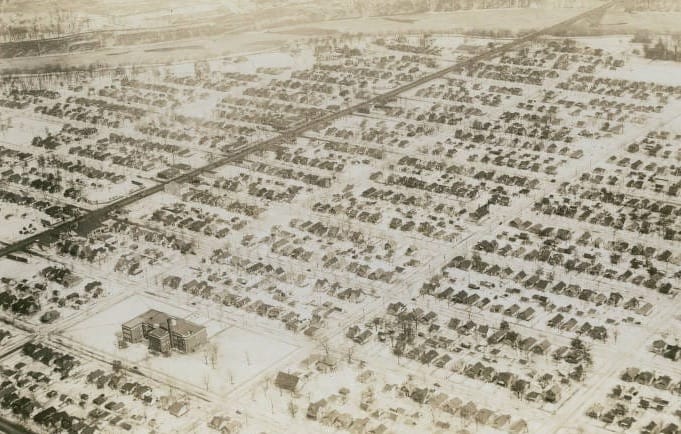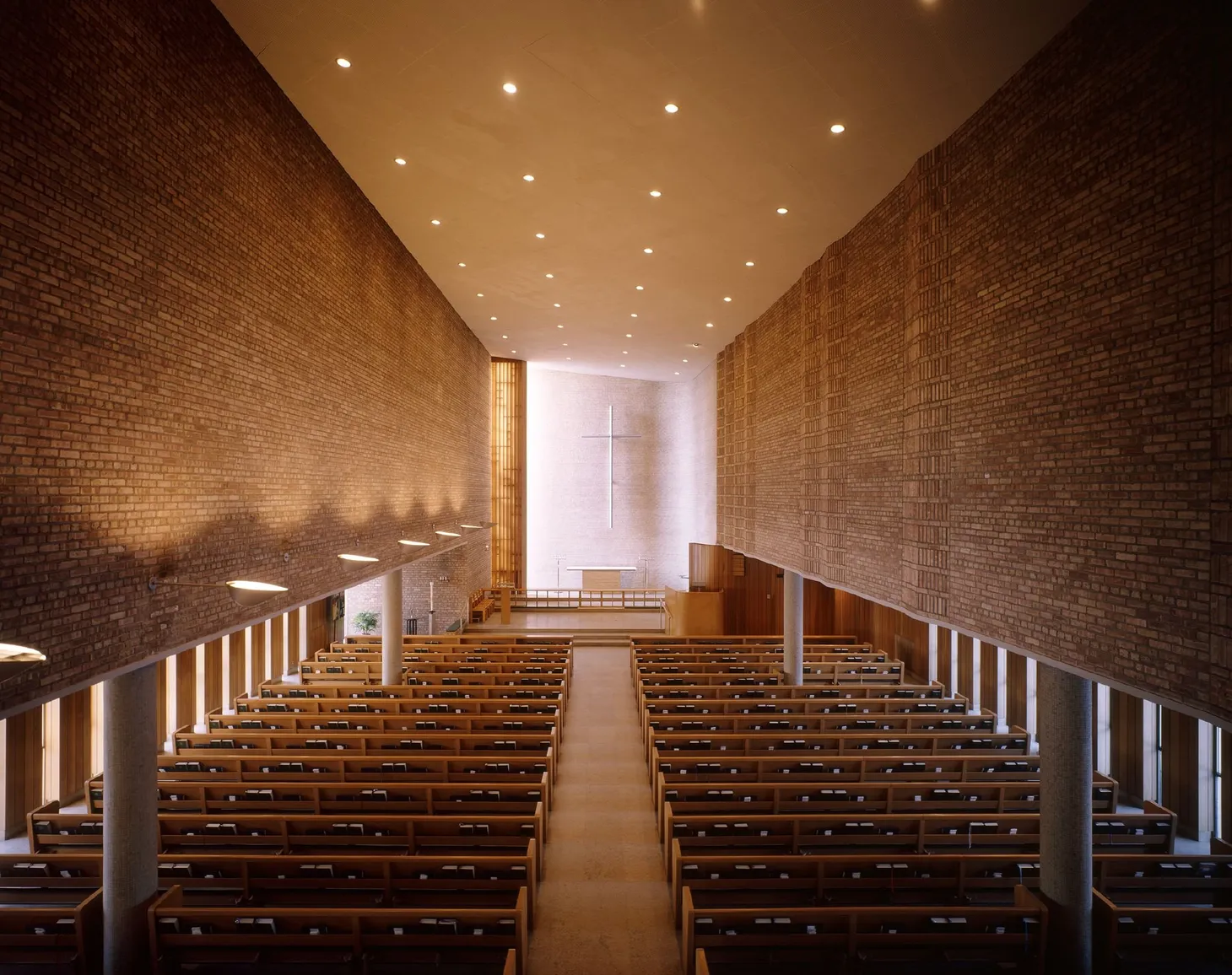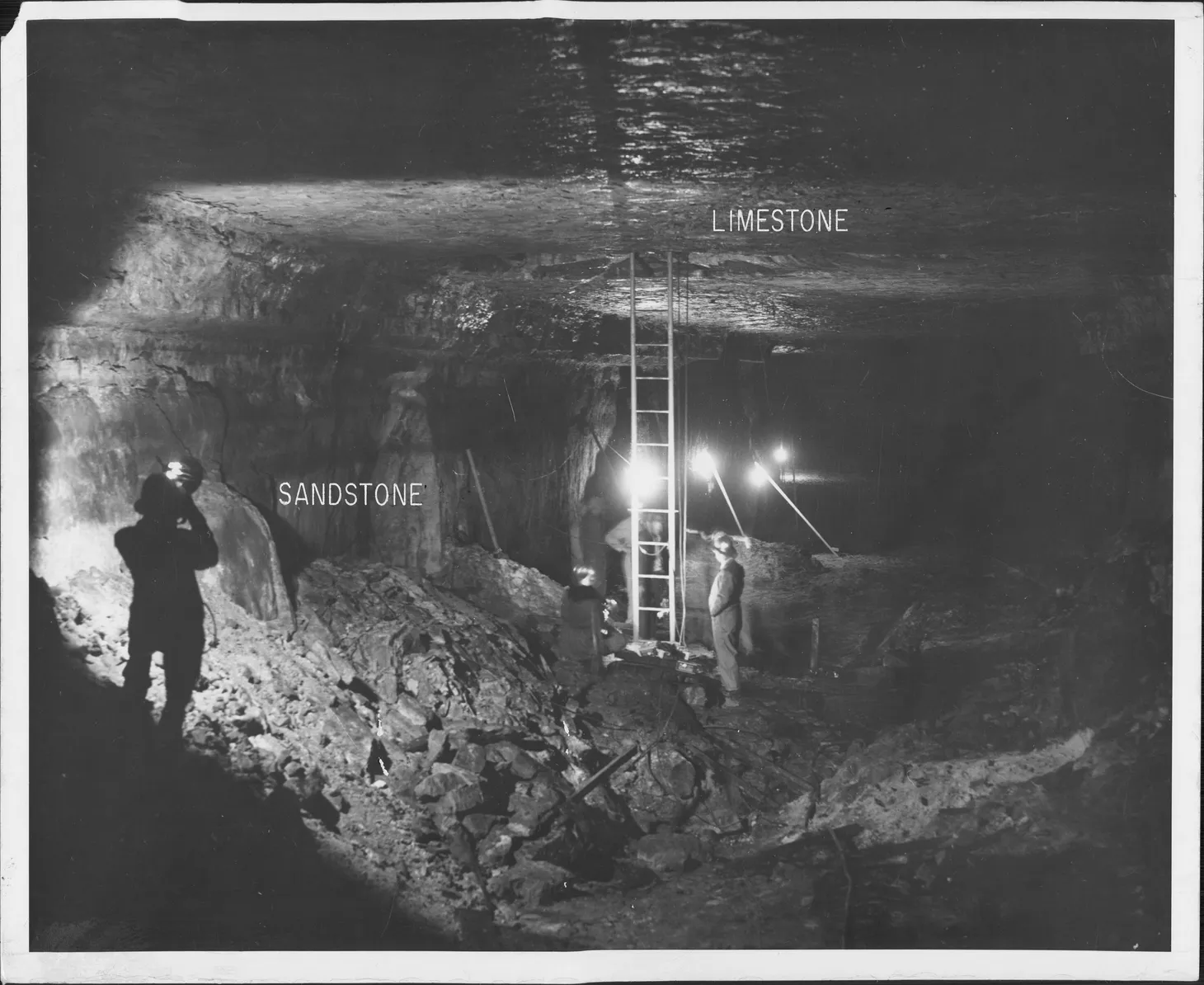🏘️ The case of the missing alley
Reader question: Why are the houses on the 3100 block of 37th/38th Avenue so much newer than the surrounding area?

Longfellow Whatever is supported by subscribers.
Subscribe today for full access to news about the fine-grained details of life in Longfellow!
SubscribeAlready have an account? Log in


